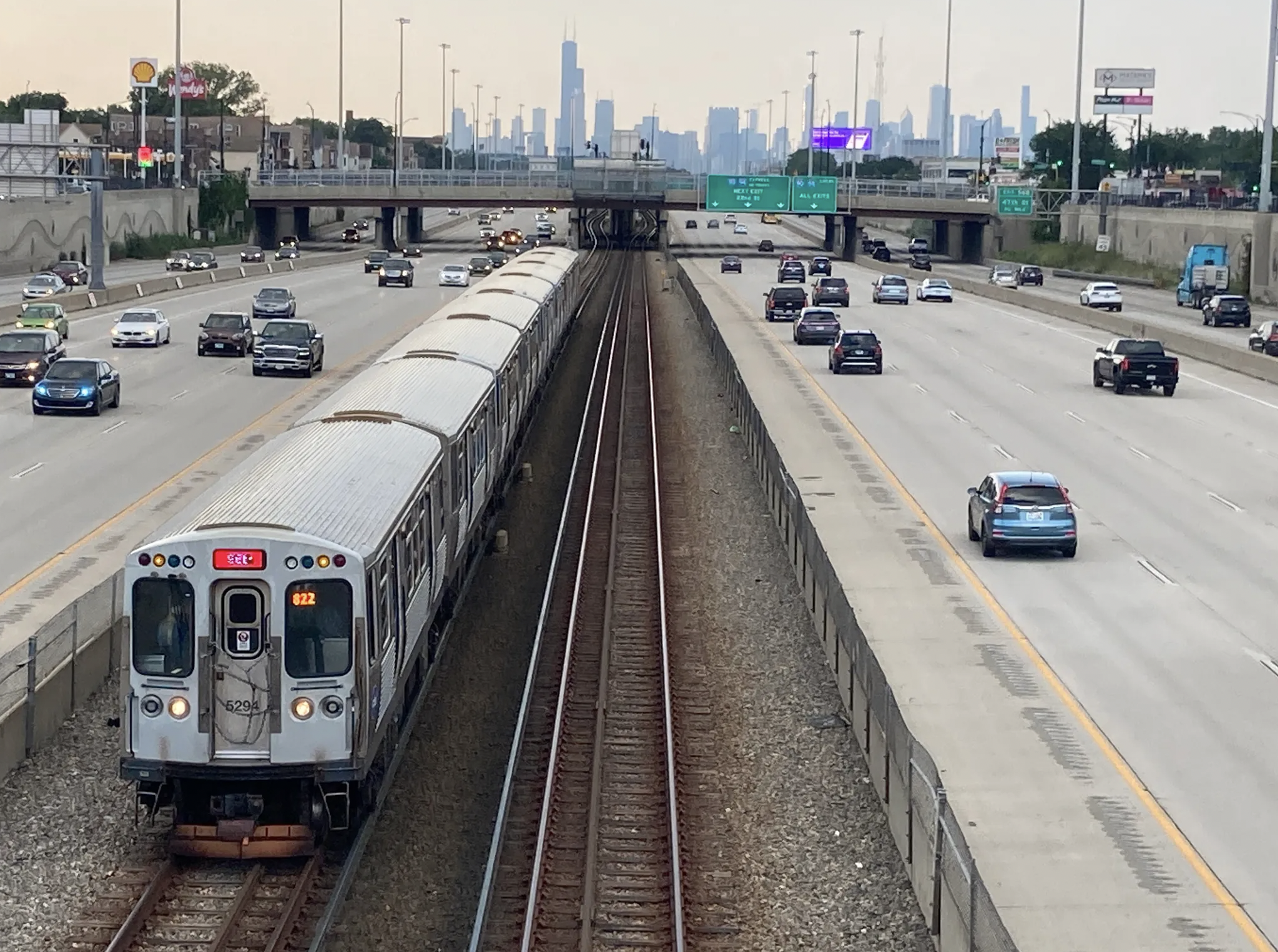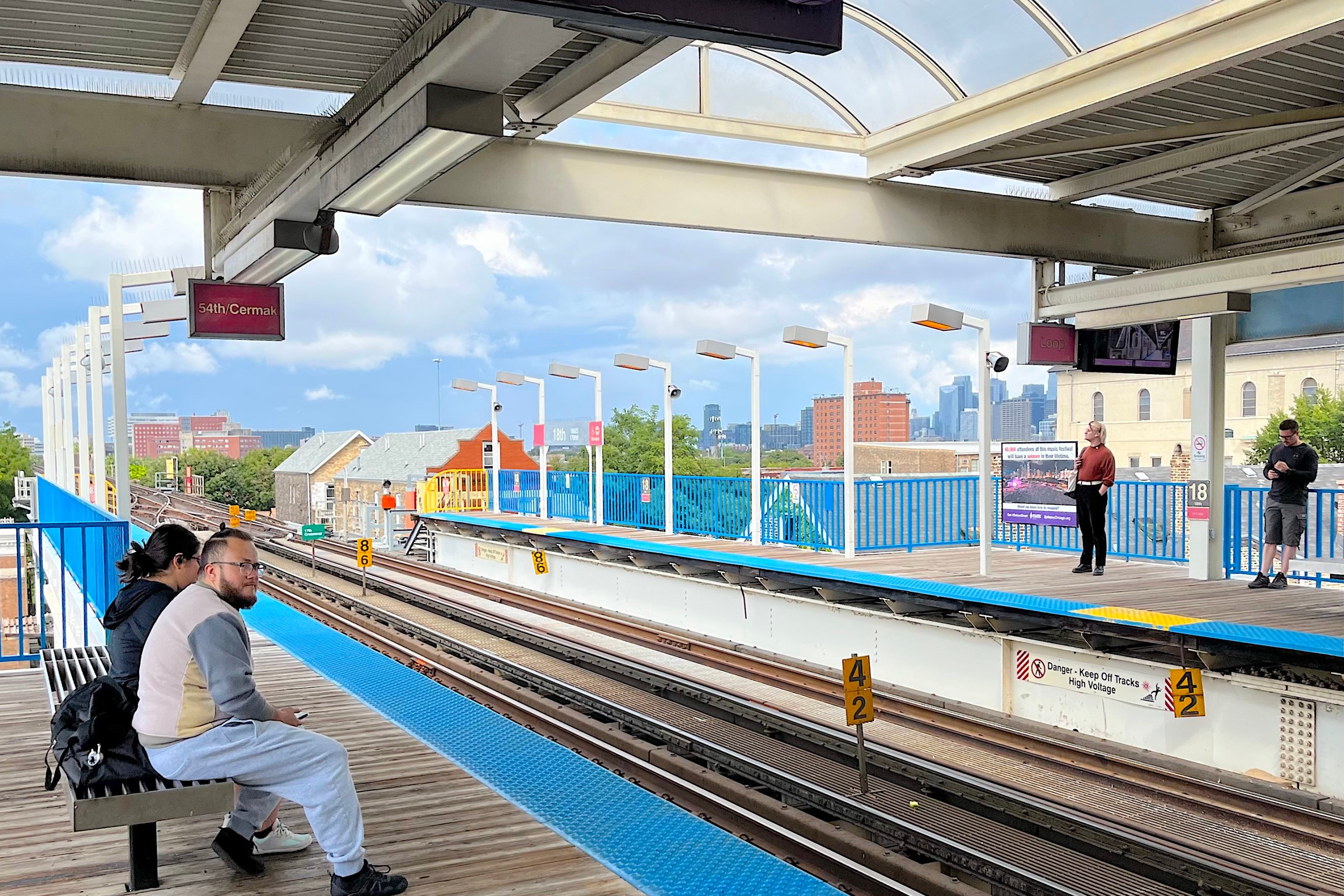
Surely and steadily, biking is on the upswing in Detroit. Thousands of people turn out for "Slow Roll" social rides, a cultural event that exposes more people to the possibilities of cycling in the city. And the city has been adding bike lanes at an impressive clip.
David Sands at Network blog We are Mode Shift reports that Detroit may get a new feather in its cap: protected bike lanes on iconic Woodward Avenue. Here's how the proposal is shaping up:
WA3 [Woodward Avenue Action Association] envisions two-way cycle tracks on both sides of the street. As a general rule, they would run adjacent to and level with the sidewalks. Building them that way sidesteps tricky jurisdictional questions and, as a result, makes the lanes easier to maintain.
To start with, the protected lanes would only be installed between 6 to 8 Mile. Although the organization wants them between 8 Mile and I-696 too, their initial plans for that section only call for painted lanes. That's to avoid conflict with road reconstruction plans and a parallel effort to bring a Bus Rapid Transit (BRT) route to the corridor. WA3 is waiting for details of the high-speed bus project to be finalized before looking any further into protected lanes north of the Detroit/Ferndale; that won't happen at the very least until voters decide on a proposed 2016 ballot initiative that would provide funding for BRT on Woodward.
WA3 doesn't currently have funding for the project, but is looking to both government and philanthropic sources for financial assistance.
If it becomes a reality, the project would be a quantum leap for bicycle connectivity in the region. On the east-west axis, it would link up with buffered lanes joining together Oak Park and Hazel Park along 9 Mile in Ferndale. WA3 has also been working with the Detroit Greenways coalition to create a seamless bicycle route from the Detroit River to the Detroit Zoo that would offer access to attractions like the Dequindre Cut and the proposed Inner Circle Greenway.
If things go right, it looks like Woodward will be a truly multi-modal street. Detroit has plenty of streets that are wide enough to add bus and bike lanes without much impact on traffic. Hopefully this is the first of many.
Elsewhere on the Network today: Market Urbanism makes the case that school vouchers reduce sprawl. Mobilizing the Region reports that Hartford's CTfastrak BRT system had a great first year, carrying about 16,500 daily passengers -- well above projections. And Streets.mn shares research on how racial biases affect our perception of "neighborhood disorder" and contribute to inequality between neighborhoods.





